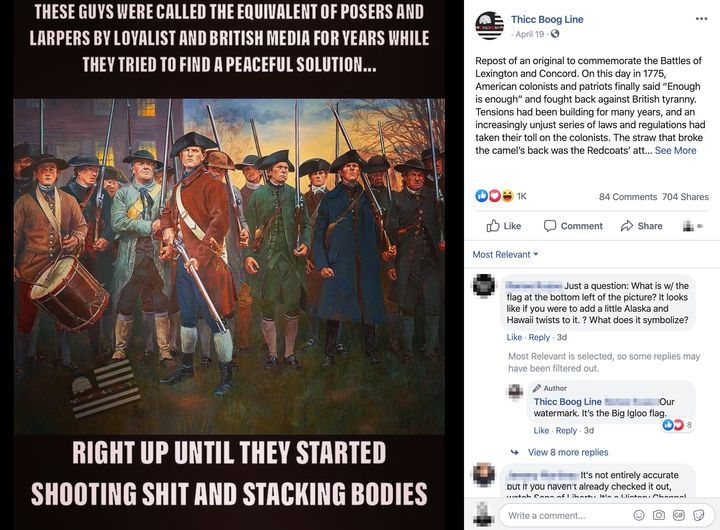The Wreck That Saved America From a Massive Radioactive Attack
June 23, 1944. In the darkness of the mid-Atlantic, 850 nautical miles west of the Cape Verde Islands, the Japanese submarine I-52 slices through the water. The 356-foot vessel, commanded by Lieutenant Commander Kameo Uno, carries a cargo set to alter the course of the war.
I-52's cavernous hold contains 2.2 tons of gold bars, payment for Nazi Germany's most advanced technology. More crucially, 1,700 pounds of uranium oxide lie in wait - the potential core of a dirty bomb. War secrets, cutting-edge radar equipment, and even an Enigma machine complete the precious cargo, all destined to unlock German military innovation.
Near midnight, an American airman aboard a Grumman TBF-1C Avenger detects a surface contact on his half-functional radar. Lieutenant Commander Jesse D. Taylor, piloting the lead aircraft, responds immediately. Flares burst from his Avenger, bathing the ocean below in harsh light.
Caught in the sudden illumination, I-52 plunges beneath the waves. Taylor dives, unleashing a barrage of depth charges that explode off the submarine's starboard side. As the crew of I-52 fights to control their descent, Taylor circles overhead, preparing to deploy one more weapon - a cutting-edge device to seal the submarine's fate…
https://www.youtube.com/watch?v=2KWZcM66rP0
June 23, 1944. In the darkness of the mid-Atlantic, 850 nautical miles west of the Cape Verde Islands, the Japanese submarine I-52 slices through the water. The 356-foot vessel, commanded by Lieutenant Commander Kameo Uno, carries a cargo set to alter the course of the war.
I-52's cavernous hold contains 2.2 tons of gold bars, payment for Nazi Germany's most advanced technology. More crucially, 1,700 pounds of uranium oxide lie in wait - the potential core of a dirty bomb. War secrets, cutting-edge radar equipment, and even an Enigma machine complete the precious cargo, all destined to unlock German military innovation.
Near midnight, an American airman aboard a Grumman TBF-1C Avenger detects a surface contact on his half-functional radar. Lieutenant Commander Jesse D. Taylor, piloting the lead aircraft, responds immediately. Flares burst from his Avenger, bathing the ocean below in harsh light.
Caught in the sudden illumination, I-52 plunges beneath the waves. Taylor dives, unleashing a barrage of depth charges that explode off the submarine's starboard side. As the crew of I-52 fights to control their descent, Taylor circles overhead, preparing to deploy one more weapon - a cutting-edge device to seal the submarine's fate…
https://www.youtube.com/watch?v=2KWZcM66rP0
The Wreck That Saved America From a Massive Radioactive Attack
June 23, 1944. In the darkness of the mid-Atlantic, 850 nautical miles west of the Cape Verde Islands, the Japanese submarine I-52 slices through the water. The 356-foot vessel, commanded by Lieutenant Commander Kameo Uno, carries a cargo set to alter the course of the war.
I-52's cavernous hold contains 2.2 tons of gold bars, payment for Nazi Germany's most advanced technology. More crucially, 1,700 pounds of uranium oxide lie in wait - the potential core of a dirty bomb. War secrets, cutting-edge radar equipment, and even an Enigma machine complete the precious cargo, all destined to unlock German military innovation.
Near midnight, an American airman aboard a Grumman TBF-1C Avenger detects a surface contact on his half-functional radar. Lieutenant Commander Jesse D. Taylor, piloting the lead aircraft, responds immediately. Flares burst from his Avenger, bathing the ocean below in harsh light.
Caught in the sudden illumination, I-52 plunges beneath the waves. Taylor dives, unleashing a barrage of depth charges that explode off the submarine's starboard side. As the crew of I-52 fights to control their descent, Taylor circles overhead, preparing to deploy one more weapon - a cutting-edge device to seal the submarine's fate…
https://www.youtube.com/watch?v=2KWZcM66rP0

0 Kommentare
0 Anteile
2KB Ansichten













